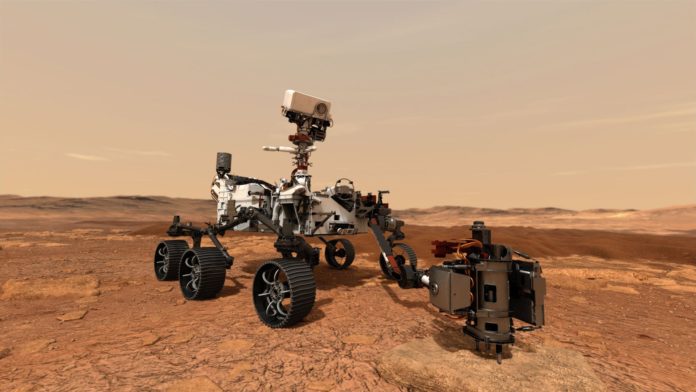Development of new 3D technology may enable future space missions to print spare battery packs on demand and en route therefore reducing the cost of transport and reserving cargo capacity
KULR Technology Group, Inc. announces that NASA’s Marshall Space Flight Center (MSFC) has awarded the Company a dual-use technology development agreement to build 3D printed battery systems for manned and robotic space applications. KULR’s passive propagation resistant (PPR) and internal short circuit (ISC) technologies will be used to develop 3D printed battery systems that meet the JSC 20793 Revision D safety standard created by NASA for crewed space missions.
“NASA employs highly rigorous assurance and safety standards, especially for our man-rated technologies. KULR’s PPR design solution for future manned and unmanned space missions is an ideal fit for mass design, flexibility and cost, all the while maintaining this safety rigor through battery risks such as thermal runaway,” said NASA MSFC Deputy Chief Technologist John Carr.
Only a handful of groups are working to adapt 3D printing for space applications, and NASA’s MSFC is at the forefront of engineering for 3D printing technology. MSFC’s 3D printing expertise, combined with KULR’s proficiency in designing PPR battery packs, establishes the pinnacle in safe battery power systems manufactured in outer space. KULR’s PPR solution demonstrated its efficiency when it was used by NASA to transport and store batteries aboard the International Space Station last year.
“Through our partnership with KULR, we will now have the incredible ability to build space-optimized battery pack systems in-orbit,” said Brandon Lewis, Human Landing System Cross Program Analysis Coordinator. “We take the safety of our astronauts very seriously. KULR’s technologies will enable us to build safer battery packs that prevent dangerous thermal runaway propagation and protect our most valuable assets.”
The ability to 3D print in space has numerous advantages, including the potential to make human space exploration less costly; allowing for extended missions; and reserving cargo capacity for other valuable items and/or equipment.
“The optionality to repair and replace battery packs in space with parts 3D printed in space is a complete game changer,” said Dr. Timothy Knowles, co-founder and chief technology officer of KULR. “3D printing of KULR’s PPR battery design will help lower the costs associated with battery pack transportation for the upcoming Artemis missions, where NASA will build sustainable elements on and around the moon in preparation for an eventual human mission to Mars.”
Remember, you can post AM job opportunities for free on 3D ADEPT Media or look for a job via our job board. Make sure to follow us on our social networks and subscribe to our weekly newsletter: Facebook, Twitter, LinkedIn & Instagram! If you want to be featured in the next issue of our digital magazine or if you hear a story that needs to be heard, make sure to send it to contact@3dadept.com






